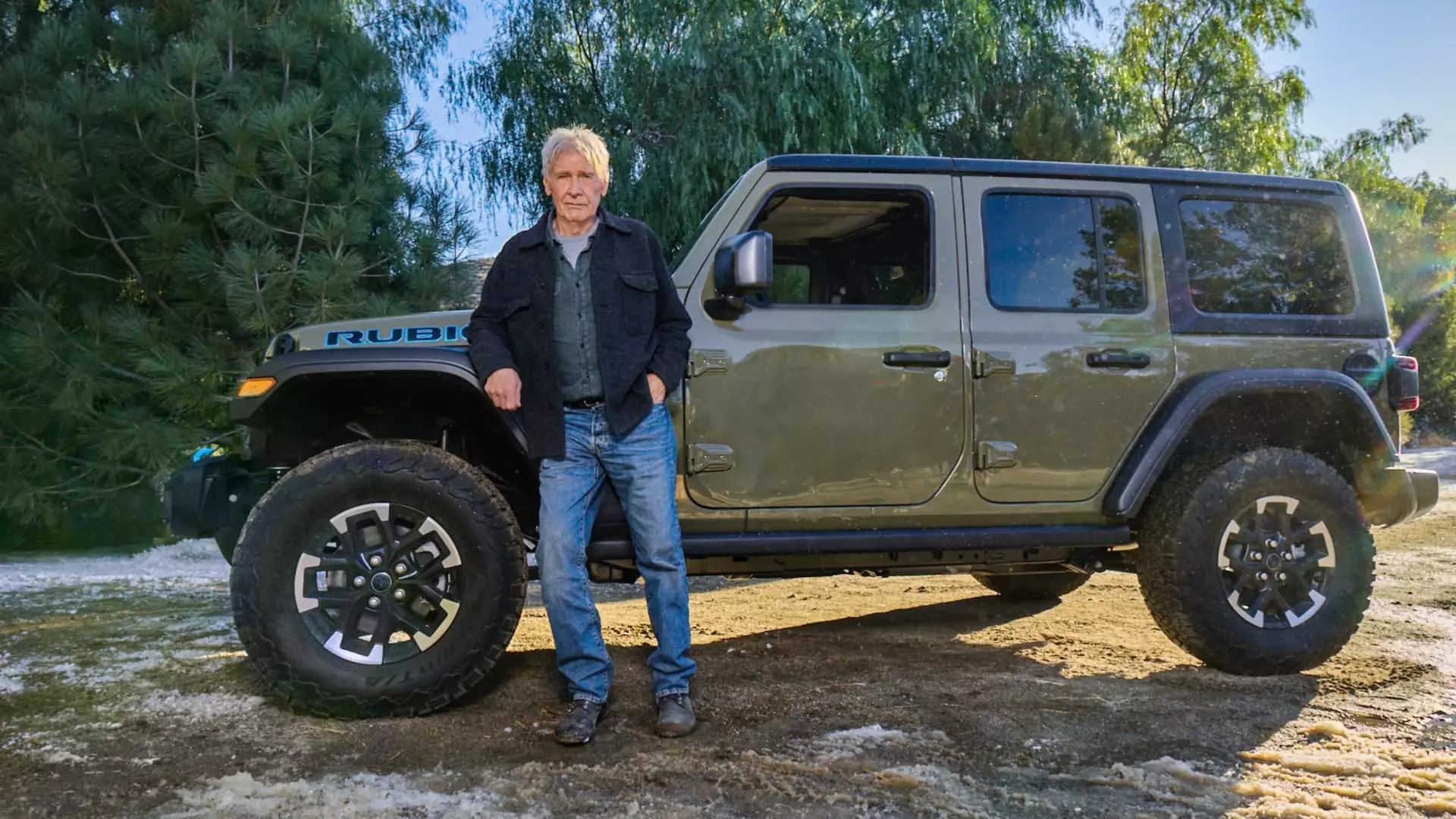In an era of uncertainty for the automotive industry, Stellantis, the parent company of Ram and Jeep, made a noteworthy return to the Super Bowl advertising arena. This bold decision, orchestrated by Chief Marketing Officer Olivier Francois, not only marks a significant moment for the carmaker but also reflects a deeper narrative about resilience and strategic marketing during turbulent times. This article delves into Stellantis’ unique positioning in a challenged automotive landscape, the implications of its Super Bowl strategy, and the potential impact of its advertising choices on the brand’s future.
Stellantis found itself in a unique position heading into Super Bowl 59, particularly after the abrupt departure of CEO Carlos Tavares. The company’s tradition for memorable advertising was a matter of urgency, as other automakers hesitated to invest in costly Super Bowl spots due to tightening budgets and shifting priorities. Francois emphasized the importance of returning to the Super Bowl as a way to reestablish Stellantis’ commitment to the U.S. market and reassert its brand identity during a time of uncertainty. This notion of reinvention is especially critical as the automotive sector pivots towards electric vehicles (EVs) while grappling with legacy challenges such as declining sales and customer loyalty.
Stellantis’ history has included dramatic transformations and strategic partnerships, shaping its identity after the merger of Fiat Chrysler and the French PSA Group. The company has often found itself navigating the tumultuous waters of change—both in consumer expectations and evolving technologies. As other companies skirmished over the path to electrification, Stellantis stayed true to its roots. With Francois at the helm of its marketing efforts, the carmaker aimed to connect emotionally with consumers by regaling them with stories rather than solely pushing products.
One of Stellantis’ advertising strengths has been its ability to evoke nostalgia and cultural connections, starting with its memorable Super Bowl ads featuring icons like Eminem and Clint Eastwood. This year, under the guidance of Chairman John Elkann, Stellantis sought to rekindle that “comeback” spirit. Contrary to the buzzword-laden advertisements that focused heavily on EVs, the latest campaigns included not just electric vehicles but also traditional combustion models—a testimony to the brand’s versatility and commitment to a range of consumer preferences.
Francois took prompt action to harness the essence of late CEO Sergio Marchionne’s philosophy, aiming for something extraordinary through storytelling and authenticity. The decision to play on cultural narratives rather than simply showcase products allowed Stellantis to differentiate itself in a crowded market. The Jeep ad, featuring Harrison Ford, deftly intertwines personal freedom and the adventurous spirit associated with the brand, while cleverly acknowledging a competitor in the Ford Bronco. By presenting a relatable yet aspirational message, Stellantis transcended the typical sales pitch, adopting a more human-centric approach that resonates with current consumer sentiments.
The industry’s current climate posed both challenges and opportunities for all automakers, especially amidst a flashier push toward EVs. Many competitors have struggled with the execution of promises made in their advertisements, often showcasing vehicles that are still in development stages rather than being available for consumer purchase. This disconnect has led to a credibility crisis for some brands, leaving them hesitant to invest in high-stakes advertising events like the Super Bowl.
Francois provided keen insight, noting that Stellantis didn’t just want to add to the growing chorus of ‘EV talk’ but instead aimed to inspire action among consumers. By focusing on relatable themes—such as personal journeys and life stories—Stellantis redefined how automotive advertising could engage an audience unenthused by bland promoting of technology. The brand’s willingness to emphasize a balance between traditional and electric vehicles showcased its adaptability, positioning Stellantis as a company keen on authoring its own future rather than following the industry’s conventional script.
Though details regarding the financial commitment to these Super Bowl ads remain undisclosed, Francois suggested that Elkann’s direction throughout the planning process indicated a transformative shift in Stellantis’ outlook on marketing. He stated emphatically, “Marketing is no longer a cost,” implying a strong belief in advertising as an investment in brand equity rather than just an expense. This philosophy could change how Stellantis cultivates relationships with customers, moving from traditional transaction-based models towards a holistic engagement that fosters brand loyalty and community.
As automotive advertising continues to evolve, Stellantis’ Super Bowl presence serves as a case study in reimagining brand narratives during times of uncertainty. With effective storytelling and an understanding of market dynamics, Stellantis not only aimed to promote its vehicles but also to reestablish its place in the hearts and minds of American consumers, ensuring that its journey—and that of its customers—remains distinctly featured on the road ahead.

